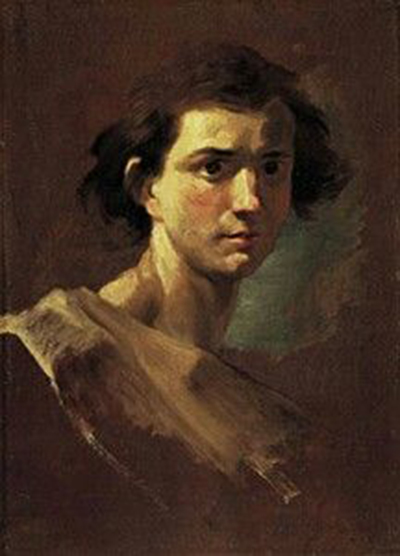In The Portrait of a Boy and other of Gian Lorenzo’s works, he challenged the artistic traditions of the day. The Portrait of a Boy is today safely preserved in The Galleria Borghese art gallery in Italy.
Gian Lorenzo Bernini had a three-fold mandate in art.He was a sculptor, painter and architect. In the 17th century, Gian Lorenzo also referred to as Gianlorenzo or Gian Lorenzo was a dominant force in the art world of the Romans. He thrived under popes and cardinals’ patronage. Bernini was a pioneer artist in the emergence of the Roman Baroque style of art, architecture, music and drama.
In The Portrait of a Boy, Lorenzo made use of oil on canvas. The Portrait of a Boy depicts a boy in his childhood. The features of the boy are impressive which show freshness and vitality. It is an unusual clarification of human life by an artist and a symbol of a beginning. Though it is done in canvas and oil, The Portrait of a Boy reveals Lorenzo’s marriage of his three-fold artistic prowess in painting, sculpturing and architectural design. It is a magnificent piece of art that reveals an innovative and pioneering interpretation of themes. In The Portrait of a Boy, Lorenzo uses his architectural, sculptural expertise, form and a mixture of media to bring out the envisioned portrait of the boy.
The Portrait of the Boy is an artistic work where the brushwork develops continuously and spontaneously to a model or portrait. It brings out an image of a chisel carving out a marble. By using this technique, Lorenzo paved a path where future artists would follow. Looking at The Portrait of the Boy, one sees an eloquent and dramatic expression of Baroque artistic style. The Baroque style had an elaborate and balanced beautification that one sees. It was mostly used in the historical period that began around 1600 and ended around 1750. The Baroque style of architecture, art and music thrived in Europe then.
The creativity of Lorenzo in the Portrait of the Boy shows a departure in style from the interwoven figures of the Mannerist motif that was common among the artists of his time. Though the Portrait of the Boy was done with oil on canvas, the passion and desire to experiment with different forms of art brought out the difference between Lorenzo’s works and that of his peers.
Lorenzo’s saying, “The white marble has to assume the likeness of a person, it has to have colour, spirit and life”, working towards his diversification and inventiveness that was never matched by any other artists of his time. The Portrait of the Boy shows a typical Baroque theme of transformation where the background has dimmed light that evolves into bright light as you watch the face of the boy. It creates an illusion of the human flesh transforming into a boy.
Lorenzo would expand upon Michelangelo’s captivation with the body of a human. Since Lorenzo Bernini was a greatly sought artist and sculptor, he would depend on his juniors to complete sculptures that were based on his own designs. In The Portrait of a Boy, Lorenzo shows a progressive emphasis on sensuality and human emotion that was adopted by artists to the modernist period. Lorenzo’s dramatic portrayal of the human flesh was new and fresh at the time and has continued to be studied till today.
Lorenzo Bernini made popular the idea of “speaking likeness” in his artistic works. To him, capturing a human being while in mid-conversation or just when he wanted to utter a word was the best way of bringing out the genuineness of that person’s personality. Lorenzo’s contemporaries were architect Francesco Borromini, an architect and painter Pietro da Cortona. Through Lorenzo’s creativity, Rome was restored to its past architectural glory through a detailed urban planning scheme that was conducted by the authoritative Popes of his time.




